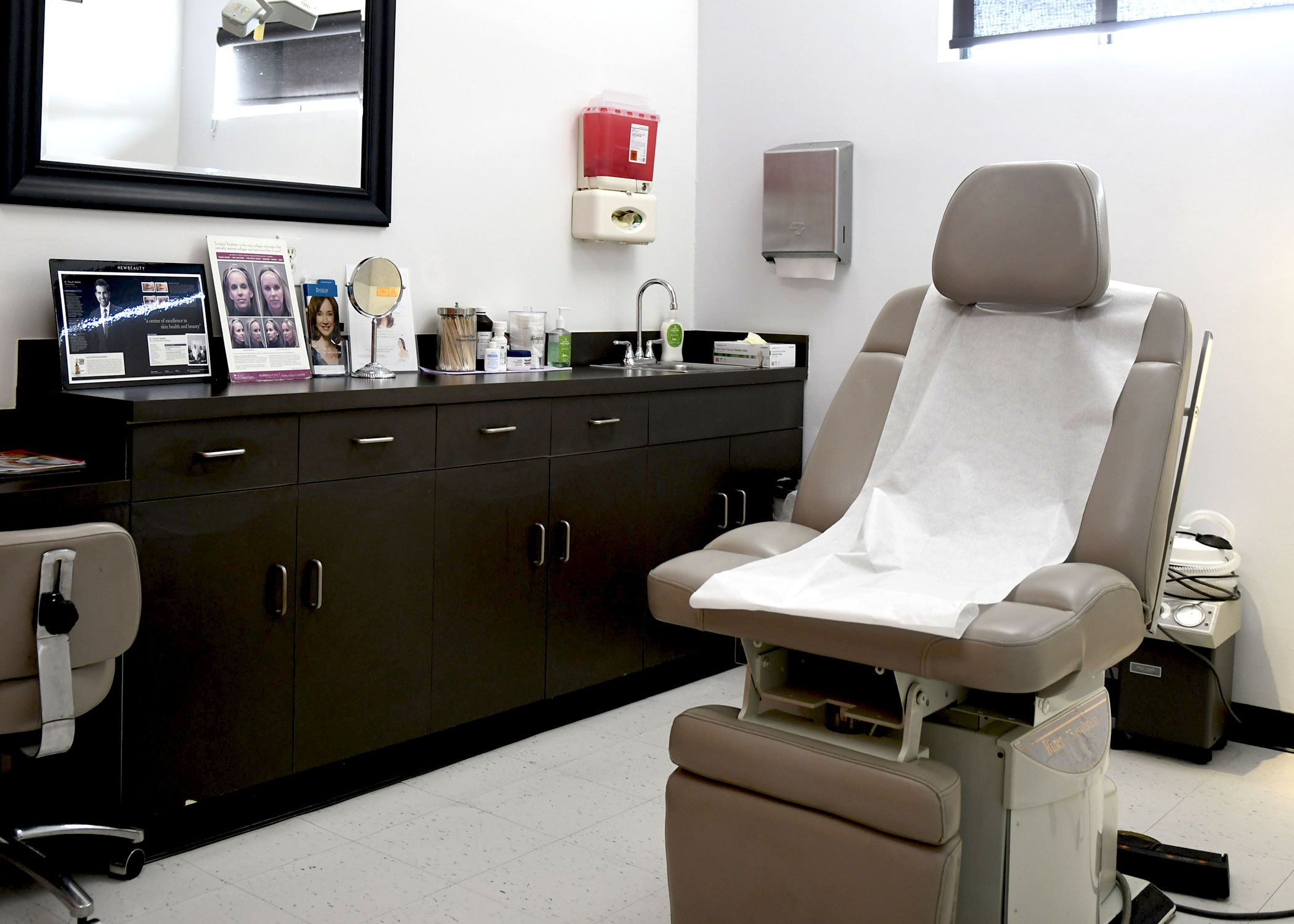Moles are benign skin lesions caused by melanocytes (skin cells)growing in a cluster rather than evenly. Most moles are small, usually 5mm or less, and may vary in color from light tan to dark brown. Some moles are slightly raised, or "bumpy" while others are smooth. Most moles are completely benign and rarely indicate skin cancer; if you have moles, however, it's important to receive regular visual inspections to note any changes in size, shape, or color. You should also look for any new moles that have suddenly appeared.
The Atypical (Dysplastic) Mole:
Any mole that is shaped differently, has different coloration, or has uneven borders (most moles are relatively uniform in an oval or circular shape) should be looked at by a medical dermatologist. While the majority of atypical moles - also referred to as dysplastic nevi or atypical melanocytic lesions - are benign, multiple atypical moles may be a warning flag for a higher risk of melanoma.
Differing a benign atypical mole from melanoma
How can you tell if an atypical mole is benign or if it may be melanoma? It can be difficult to make the distinction between early stage melanoma (Melanoma-in-situ) and a benign, odd mole. However, there are some key differences:
- A benign mole will not change shape or size
- A benign mole will not be tender or painful to the touch
- A benign mole may be raised like a "bump", but will not be scaly or scabbed over
People with fair skin or who have several atypical moles should take special care to protect their skin from sunlight; frequent sunburns or tanning can increase the chance of an atypical mole becoming Melanoma-in-situ. Additionally, visual inspections of abnormal moles is very important and any change should be reported to your Orange County dermatologist immediately.
Should Atypical Moles be Removed?
There is some controversy as to whether benign atypical moles should be removed. Research has indicated that roughly 40,000 Americans are diagnosed with melanoma each year, but only about half of that number have atypical moles. While it’s true that these moles have a higher chance of becoming cancerous, most never do, making surgical excision an unnecessary procedure.
It is possible to have a dysplastic mole removed should a patient and doctor be in agreement that the risk would justify surgical excision of the affected tissue. The risk of an atypical mole becoming cancerous can be monitored visually and by biopsy; if the mole is showing unusually high amounts of cytologicatypia (cell variation), surgical removal can be an option.

